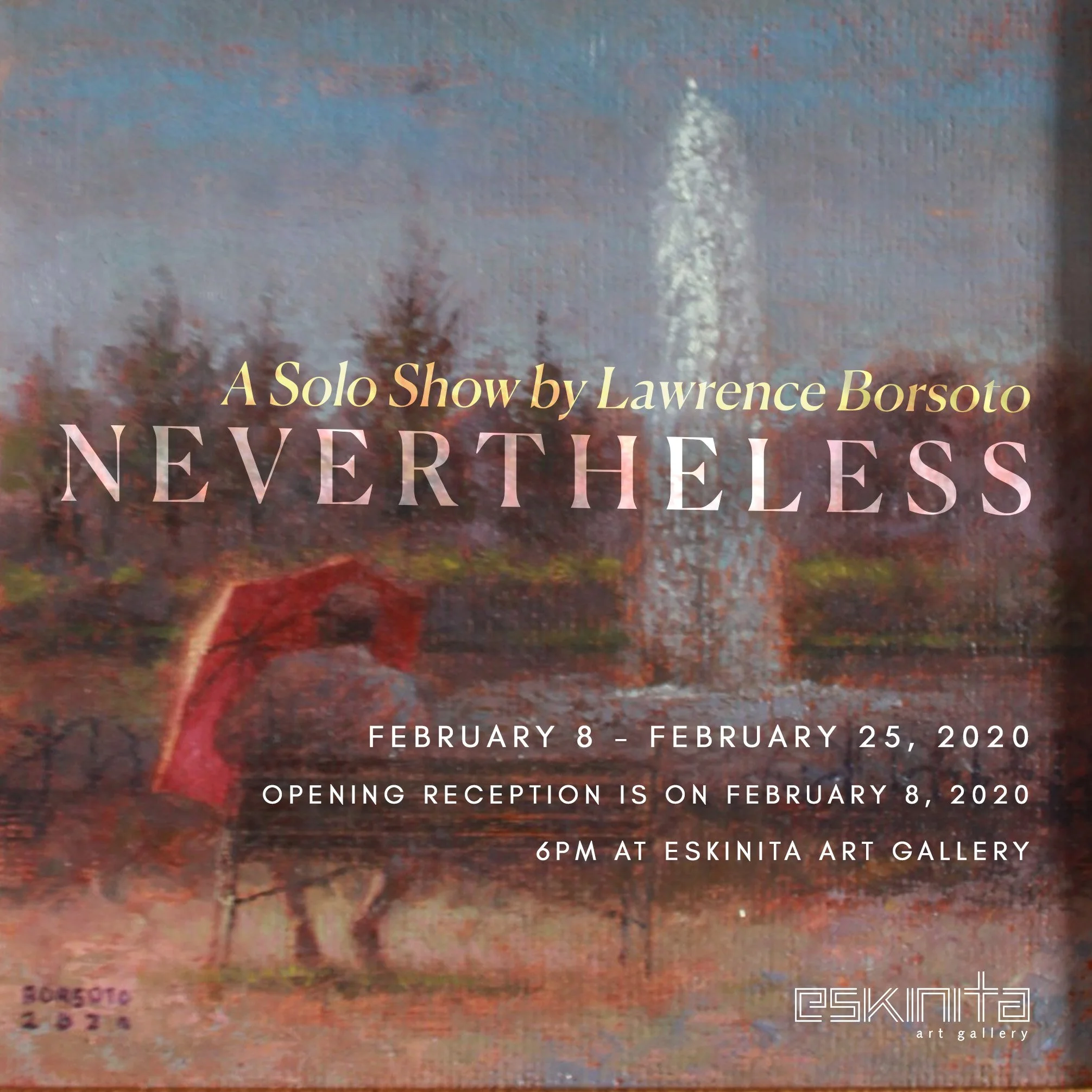
Nevertheless
Lawrence Borsoto
February 8 to 25, 2020
Borsoto spent his early days in an inactive barrio. Walking in almost empty streets, and clinging to his own alternate world, he had set his heart solely to his creative sensibilities. The works Panic I and Panic II serve as a testament to this, as they are works the artist used to cope with during his panic attacks. He, then, treasured the little moments that saved him from the abyss that almost seemingly appeared to him as his absolute reality. In Nevertheless, he reconciles these moments and manifests a definite way in which the bleakness of his own barrio actually did more than inflict an unmerited distress. It incited him to rise above himself, and see the more of what the world can promise.
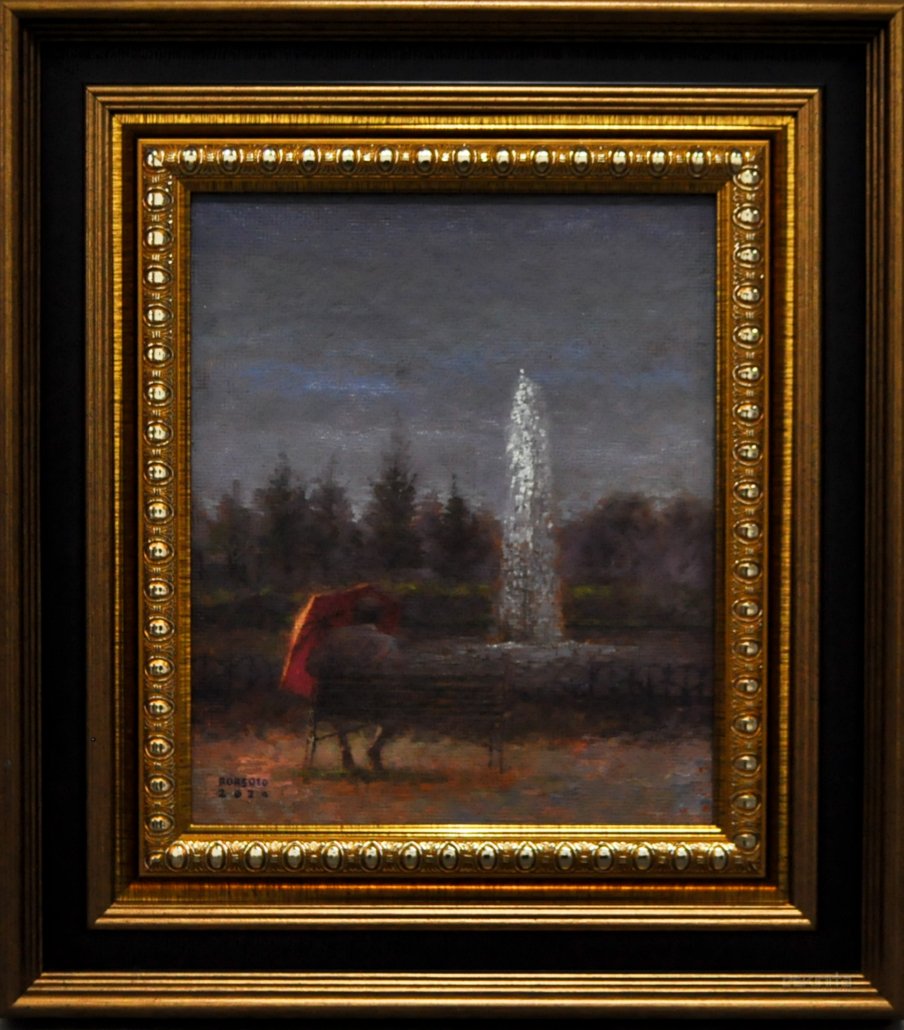



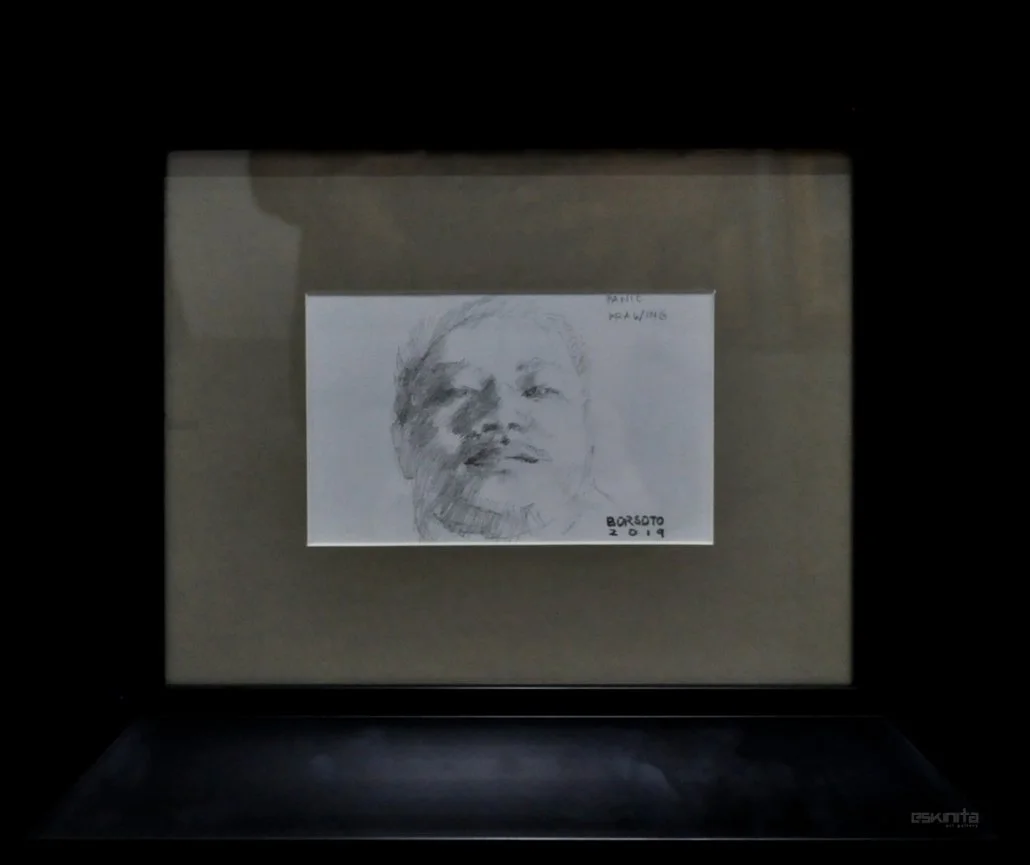
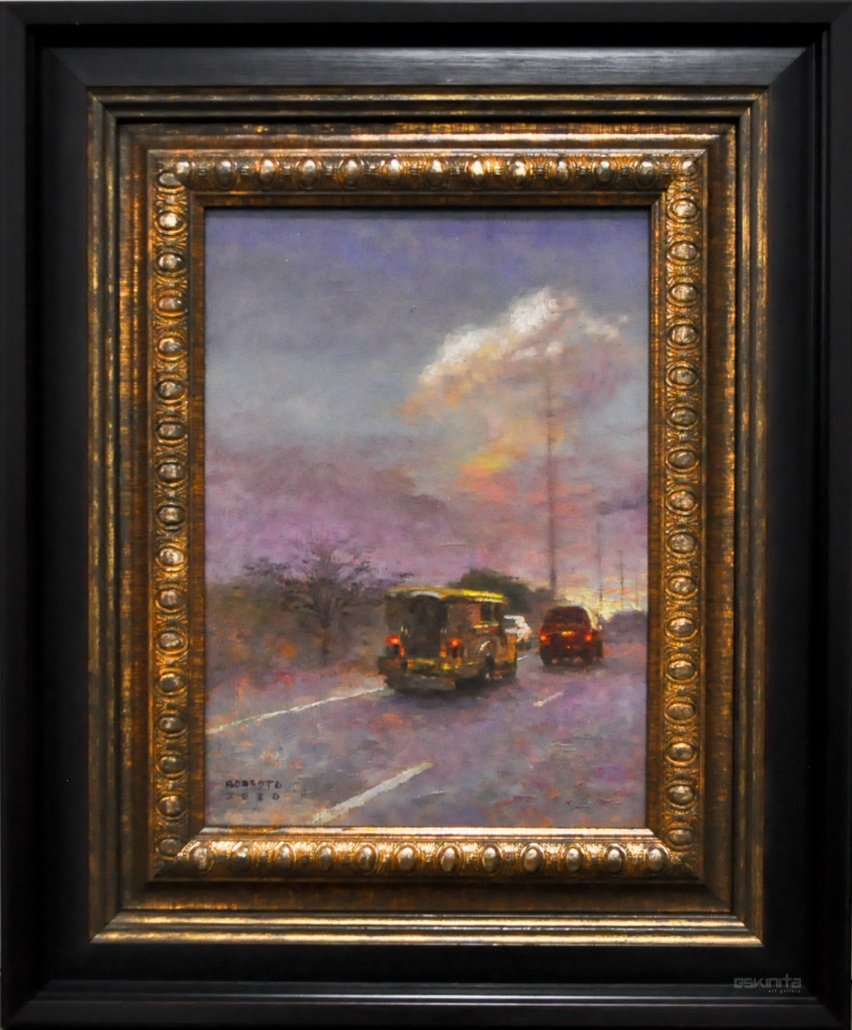


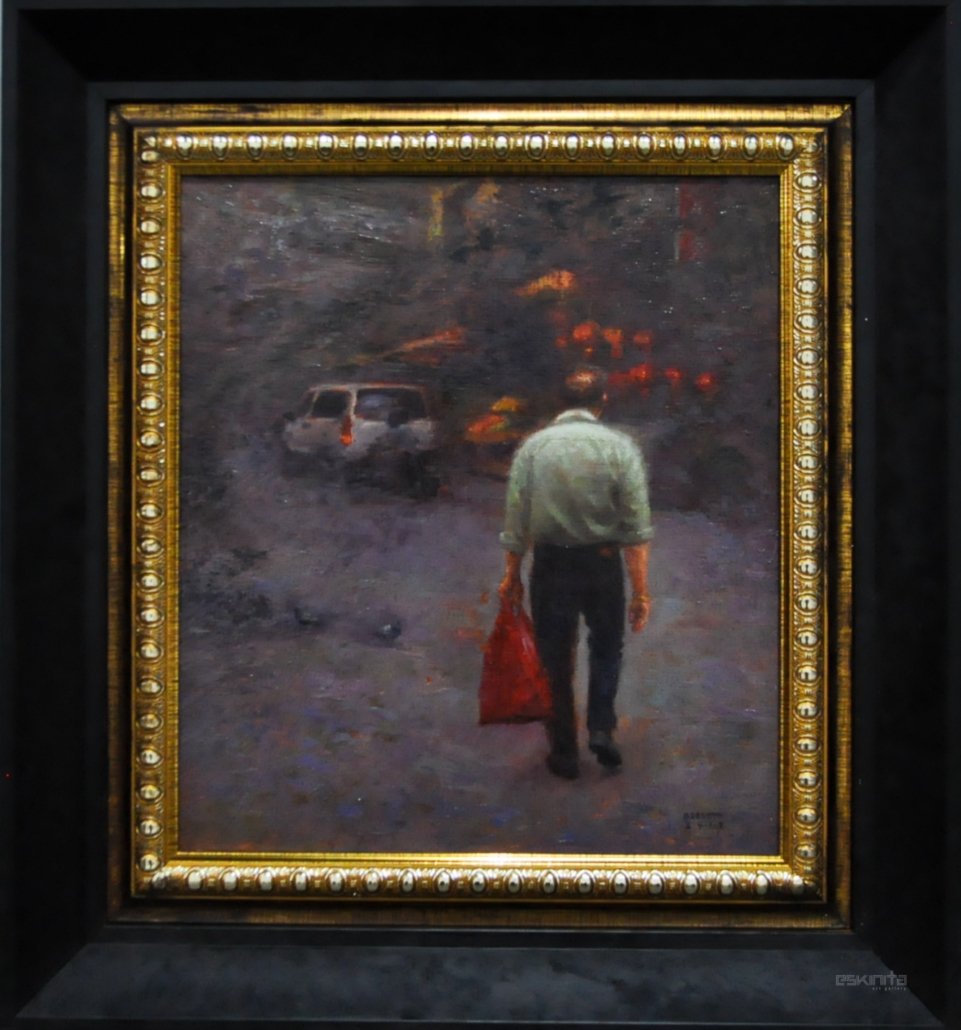

The Song that Plays in My Head reveals that very moment in his childhood where he’d drift away from his mundane activities, into contemplation, and further into his alternate world. The work depicts a child in his lonesome with his eyes closed, and his house within his eyesight’s reach, revealing the duality of the world he lives in – that which exists only in his head, and that which is presented to him.
In Deep Garden, a boy is clinging tightly into his toy as if savoring that very moment he spends with it. Borsoto relates it to a deep introspection that has led him to realize the folly of the things we treasure. Even so, the boy remains to have his precious toy resolutely fixed in his grasp.
In a barrio where the effulgence of the morning sun is more visible than average, nightfall effectively acts as a sort of warning for things which are not fulfilled. In The Length of the Day, Borsoto imparts old memories and aspirations, which its limitlessness resonates to that of the horizon, remain to be undone and suspended. The work depicts the irony of having to endure a day and sinking into lethargy, and the desire to accomplish more than a length of a day or a lifetime can permit. Having been diagnosed with Melasma, Borsoto’s Parasol puts forward the reality of mortality. The work portrays a man attempting to shield himself with a red parasol, which exhibits Borsoto’s fervent denial of that which can kill him. The overlooking of a calm landscape provides an avenue to tread on life and further realize the inevitable reality of death.
Migrating into the city, Borsoto’s been exposed to the concept of beauty and chaos. In Symphony, he depicts an image that inspires a feeling of consonance. He allows to feel the power of chaos, interaction and people working together, as well as the ineffable force that ties the balance of worldly configurations. Into the Night plainly exhibits the opposing duality of directions in roadways. This is Borsoto’s portrayal of society’s polar view of morality and its complexities. The failing sunset glow overpowered by the vehicles’ glowing lights, shows the reciprocal embrace of these two opposing views.
Looking for Yolly is an image of man fixated on the passing vehicles presented in front of him. The title was based from Yolly Samson, a known singer whom Borsoto looked up one time and found out to be dead for already quite a while. The man’s disposition pictures poignant regret and incorrigible longing for an absent face that memory has casted upon his gaze. Knowing meant that from that point on, the person he yearns for is not a living warmth but is already an image of death.
Bad Lands is an image of a child crossing a road illuminated by a watchful and looming vigor. This protectiveness resonates a passing trait Borsoto experienced with his mother down to his own offspring.
With his thoughts wholly fixed on the person whom he longed to meet again, it has made him more resistant to the general distress. And thus creates a full circle of having known suffering and remembering it, of having known beauty and remembering it, and for having known affection and being destined one day to remember it.
– Karen Tesalona

